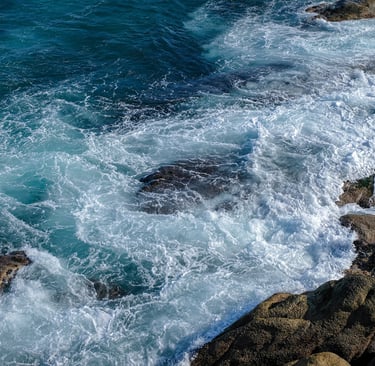How to Catch Bass.
Surface Lures.
Surface lures are available in a variety of designs. The most favoured type is the walk-the-dog style (sliders), which move in a zig-zag pattern across the water's surface. By twitching the rod while retrieving, these lures create a left-to-right zig-zag motion, generating a disturbance in the water. They can be particularly effective during the warmer summer months when bass are actively hunting for bait fish near the surface. These lures come in different lengths, with some featuring ball bearings that make noise and others equipped with flash plates like the Fishus Espetit Flashy Shad (as shown).
Additionally, there are Popper lures, which have a concave front design; they are retrieved straight and create a popping sound in the water. These lures are utilised on calmer days and tend to be shorter and bulkier than sliders.
All these lures are available in various colours and are effective for fishing in rough and snaggy areas.
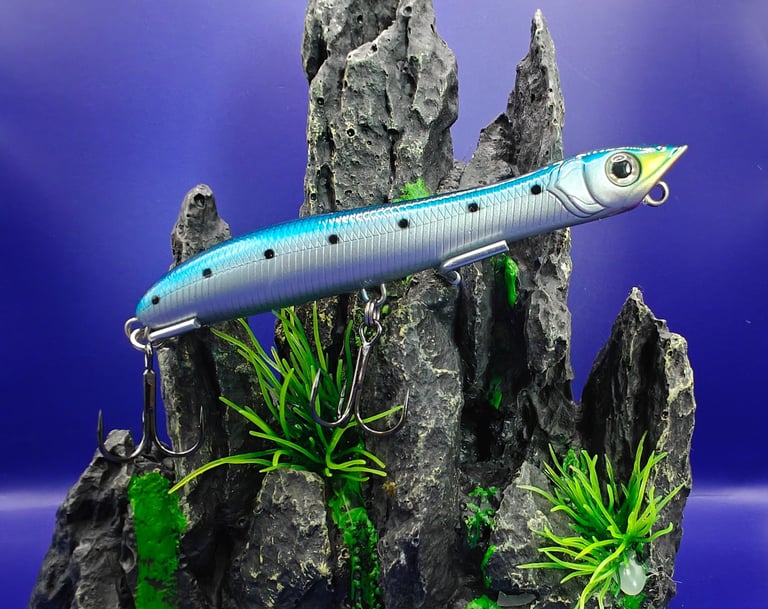

Sinking Lures.
Sinking lures are available in various forms. Shallow diving plugs can be utilised across shallow, rugged terrains. They feature small diving lips, allowing them to be fished just below the surface with a slow retrieve or deeper with a quicker one.
Medium diving plugs possess larger diving lips, enabling them to reach depths of 1-2 meters, making them ideal for fishing in deeper waters, particularly around kelp beds where bass might lurk to ambush smaller fish.
There are also deeper diving plugs that can reach depths of 3-4 meters, suitable for very deep locations.
These lures come in a variety of colours, but the suitable colour can vary depending on the depth of your fishing; you must choose a colour that is visible to the bass.
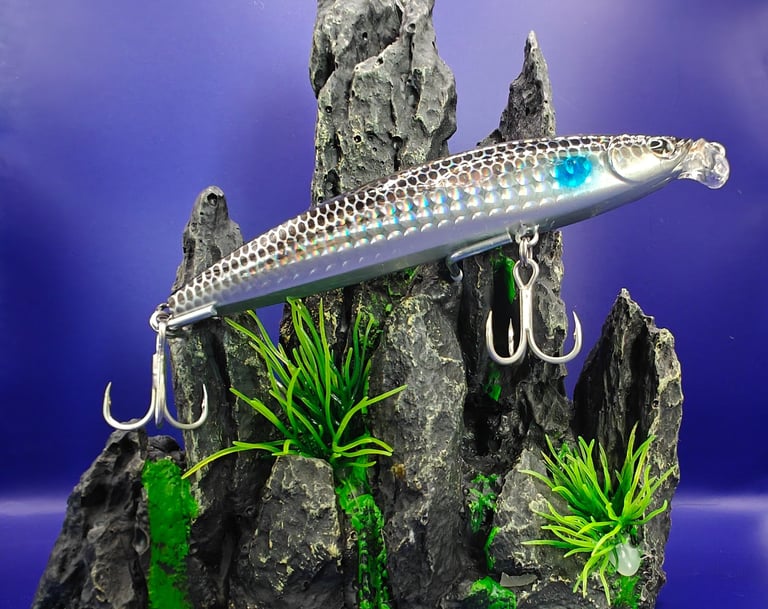

Metal Lures.
Metal lures are available in a variety of shapes and sizes, as well as different colours and weights. Some resemble wedges like the lure shown, while others are more flat, with lengths that can vary. Most feature some form of pattern or slots that create vibrations, or cause the lure to move differently when reeled in.
When selecting these lures, ensure that you pick ones that fit within the casting range of your rod's weight.
Based on your retrieval speed, these lures can be fished just below the surface or deeper with a slower technique, depending on how you position your rod.
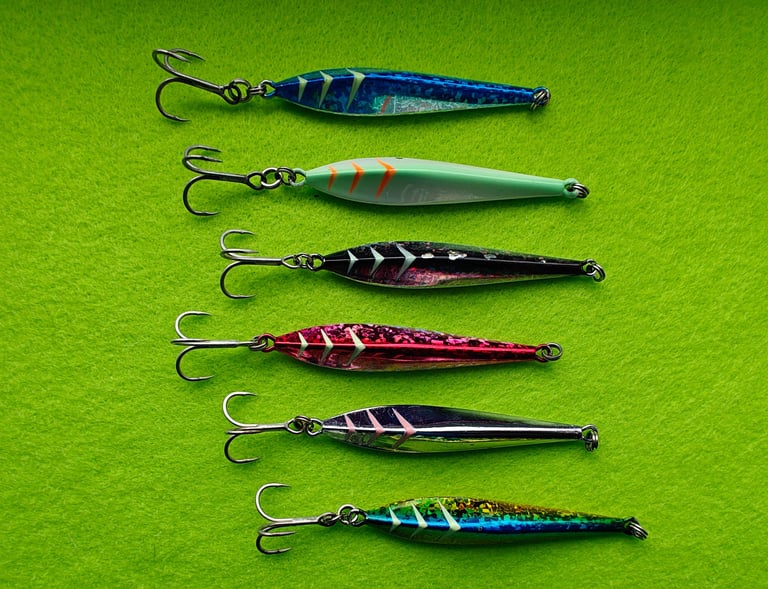

Casting Jigs.
Modern casting jigs are designed for fishing from a boat, where they can be jigged along the bottom. Some of them are lightweight enough to be cast from the shore, such as the Sedra Aqua-Bullet bait fish casting jig (shown), which comes in weights of 20g & 30g and is suitable for use with a spinning rod.
It features a treble hook at the bottom and includes a single hook teaser fly at the front to attract fish. These jigs are available in various colours, including blue/green mackerel, resembling small fish.
They can be fished using a sink-and-draw technique or retrieved quickly, either fast or slow.
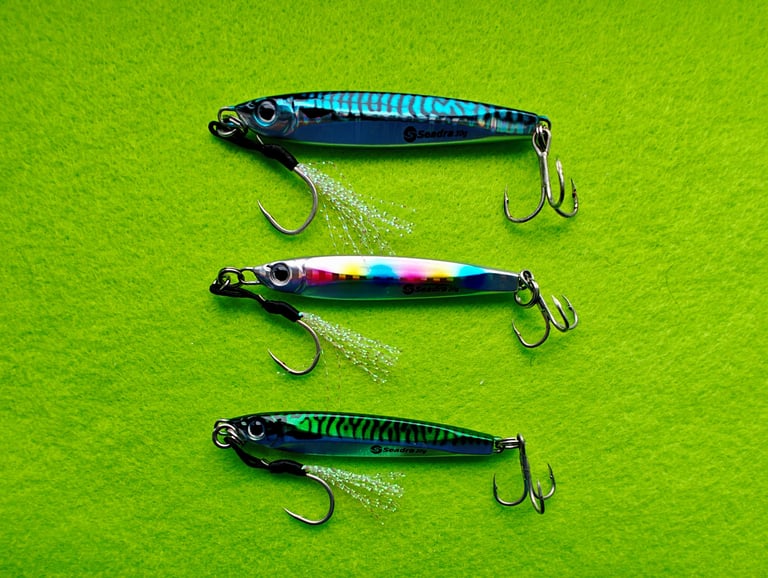

Pencil Lures.
Pencil lures resemble pencils or cigar shapes; they mimic sand eels, being elongated and slender with a slow sinking action. They are ideal for areas with stronger currents.
The Savage Gear sand eel pencil (shown) is an example of this type, available in various colours and sizes/weights, ranging from 90mm-13g, 125mm-19g, and 150mm-30g.
They are equipped with treble hooks and include an additional single hook should you choose to swap them out.
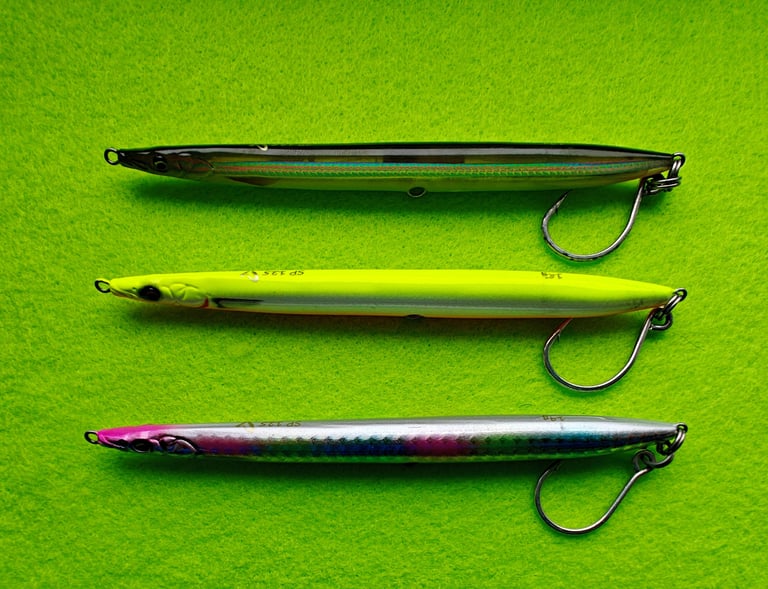

Soft Plastics.
Soft plastic lures are designed to be pliable and mimic the movement of bait fish in the water. They are available in a broad spectrum of colours, shapes, and sizes. Some popular types include paddle tails (as shown from basslures uk), pin tails, pulse tails, weedless sand eels, weedless minnows, straight tails, shads, and various others.
Some are sold pre-hooked, allowing for immediate use in fishing, while others lack hooks, which can be added for traditional fishing or used weedless in areas with dense vegetation.
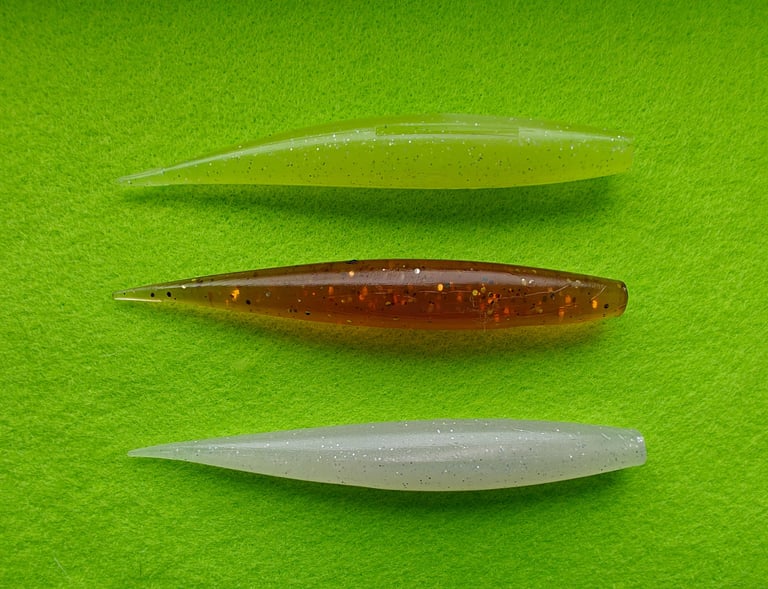

Creature Baits.
Creature baits are soft plastic lures designed to resemble crayfish, shrimps, and worms.
These lures are widely utilised in the USA for catching freshwater bass and have been embraced in the UK for targeting species such as pike and perch. Subsequently, wrasse anglers began incorporating them, followed by bass anglers.
Some of these lures come pre-rigged with hooks or can be rigged weedless for fishing in weedy areas and rough terrain, enticing bass that may be hiding to strike.
Lately, creature baits have been very effective in catching bass. During winter months, when bass feed closer to the bottom, a slow retrieve with pauses has been yielding impressive catches of winter bass using these lures.
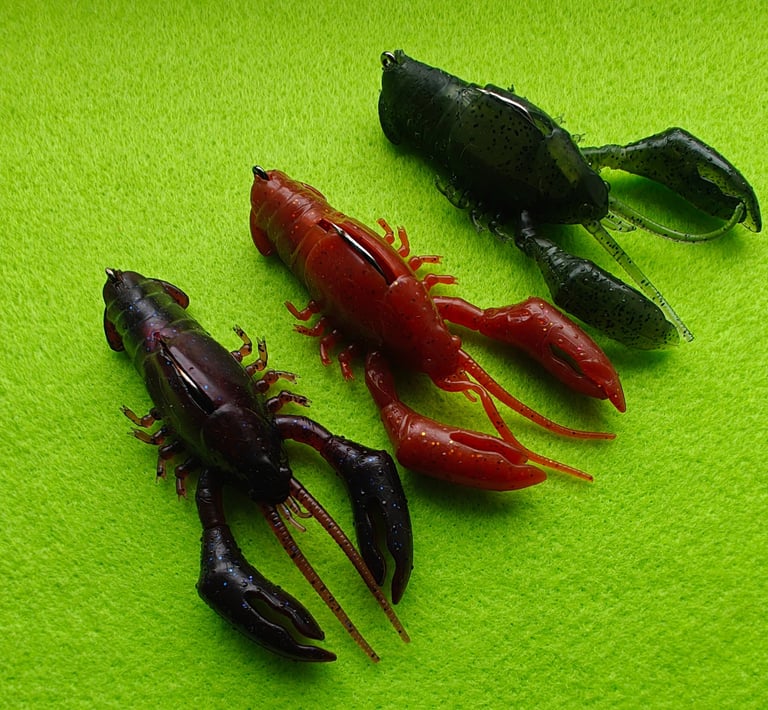

Bass Flies & Redgills.
Fly fishing for bass is rapidly gaining popularity, as fishermen skilled in catching trout, sea trout, and salmon are turning to this technique to pursue bass.
However, there is another effective way to utilise bass flies and redgills, and that is by using a bombarda float. These flies, along with redgills, are quite lightweight, so casting them out alone can be a challenge. With a bombarda float—a pear-shaped float featuring a plastic stem that you thread your line through—you can connect a swivel, a short leader, and your bass fly or redgill. This can be a highly effective method for catching bass in favourable conditions.
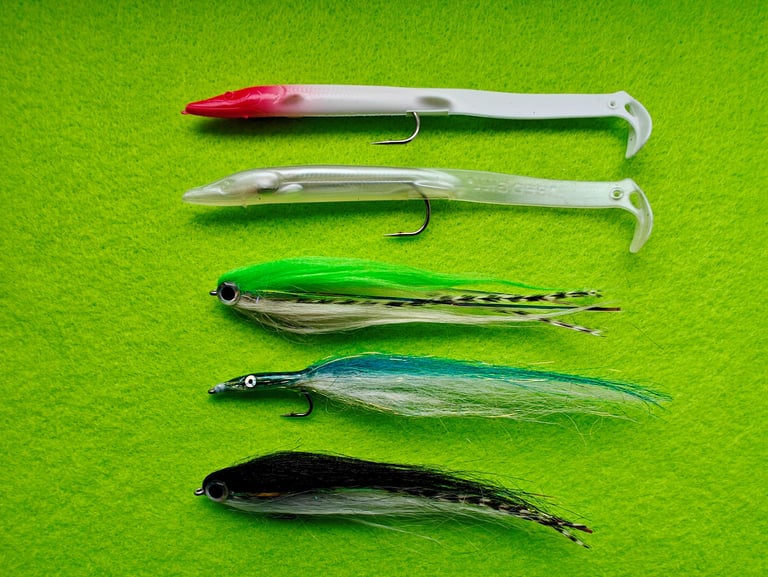

Using Live Bait.
While it's not classified as lure fishing, one alternative you can try is live baiting. If you can obtain a juvenile mackerel, some live sand eels (preferably), or even frozen ones, or some live shrimp, you're set.
Simply attach a float to a monofilament trace with a hook, put on your bait, and cast away.
This method can be quite productive for catching bass, if you're fortunate.
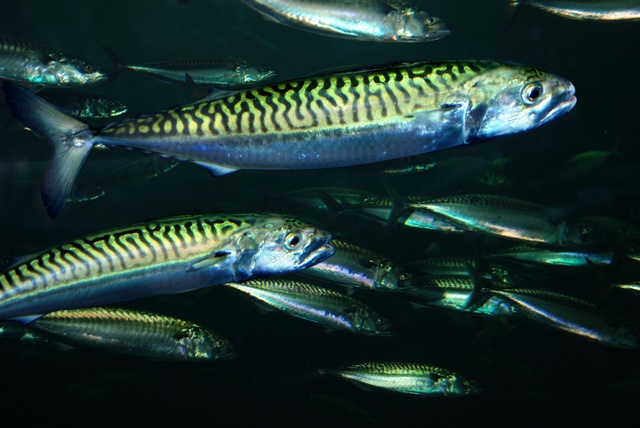

Get in touch.
Contact Me.
Fill in your details opposite or use email below, thank you. Steve @kernowbass.
admin@kernowbass.com

